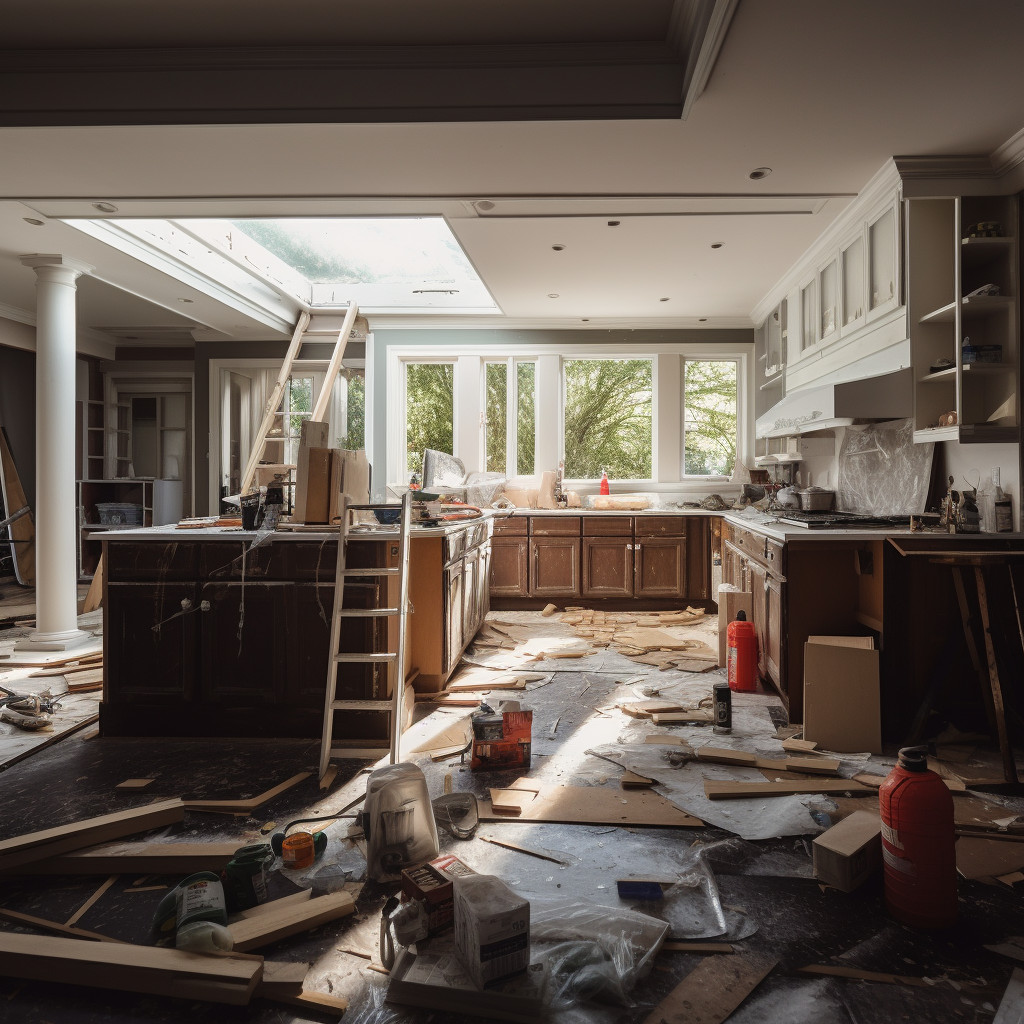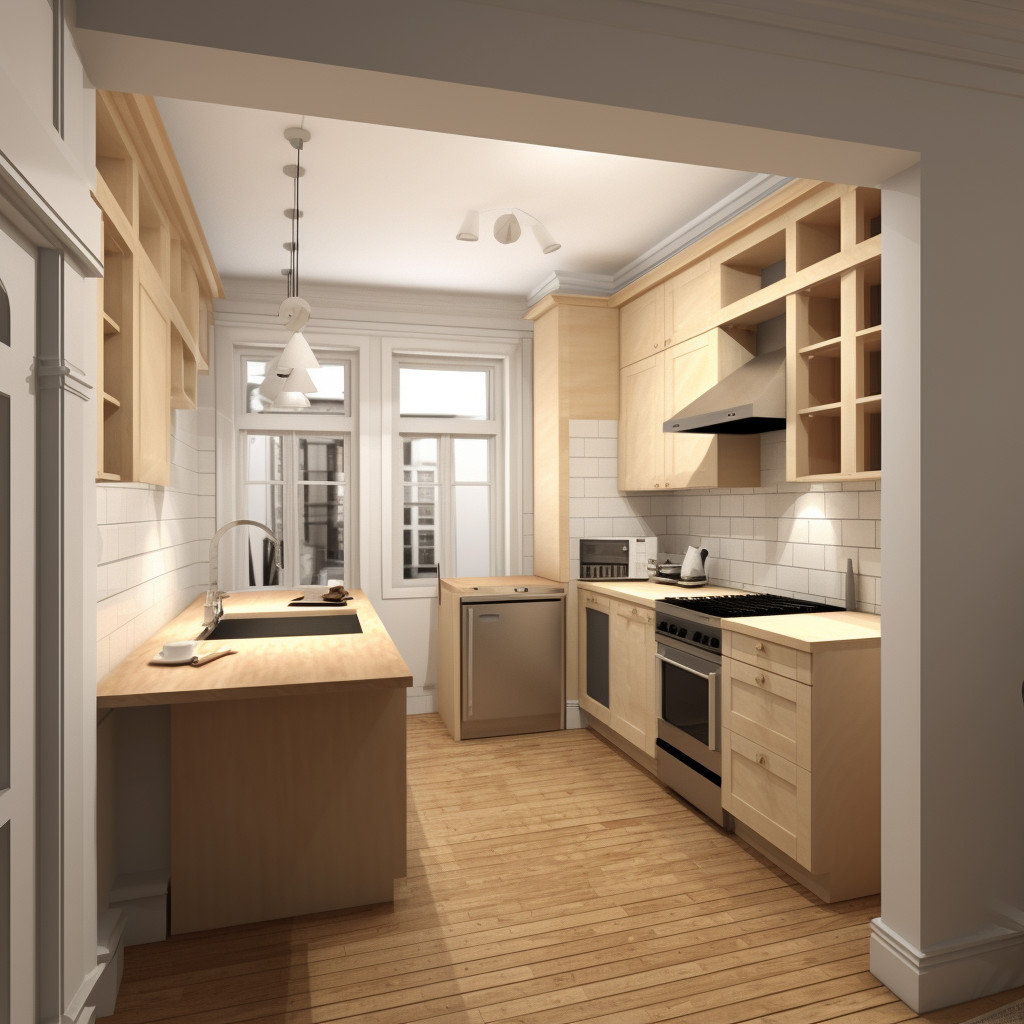
This article presents small kitchen renovation expert tips.
The focus is on maximizing storage, selecting suitable cabinets, utilizing vertical space, exploring creative solutions for limited counter space, considering essential appliances, exploring flooring options and considerations, optimizing natural light, establishing an efficient workflow, and avoiding common renovation mistakes.
These objective guidelines aim to provide valuable insights and practical advice for individuals undertaking small kitchen renovations.

Table of Contents
Maximizing Storage in a Small Kitchen
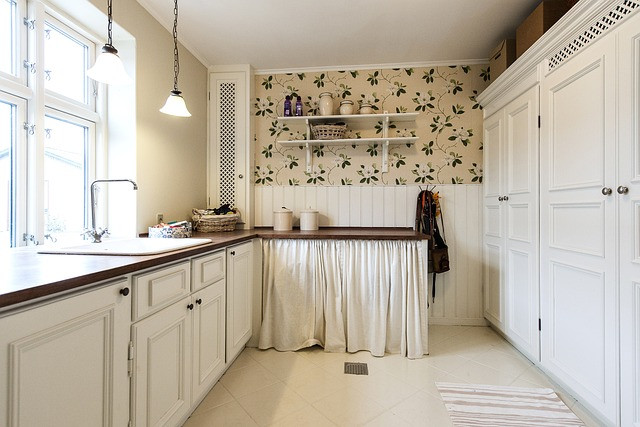
One important aspect of small kitchen renovations is the effective utilization of storage solutions to maximize space. In a small kitchen, it is crucial to make the most out of limited storage space to ensure functionality and organization.
One strategy is to optimize counter space by installing a kitchen island with built-in storage compartments or drawers. This not only adds extra storage but also provides additional work surface for meal preparation.
Another approach is to utilize floor space efficiently by incorporating deep wall cabinets that can accommodate larger items such as pots and pans, maximizing vertical storage potential.
Additionally, utilizing every inch of available wall space can be achieved by installing open shelves or hanging racks for frequently used kitchen utensils or cookware.
Overall, these small kitchen remodel tips aim to create more storage options in a limited area while maintaining a practical and organized layout.
Related Article: Budget Friendly Small Kitchen Renovation
Choosing the Right Cabinets for Your Small Kitchen
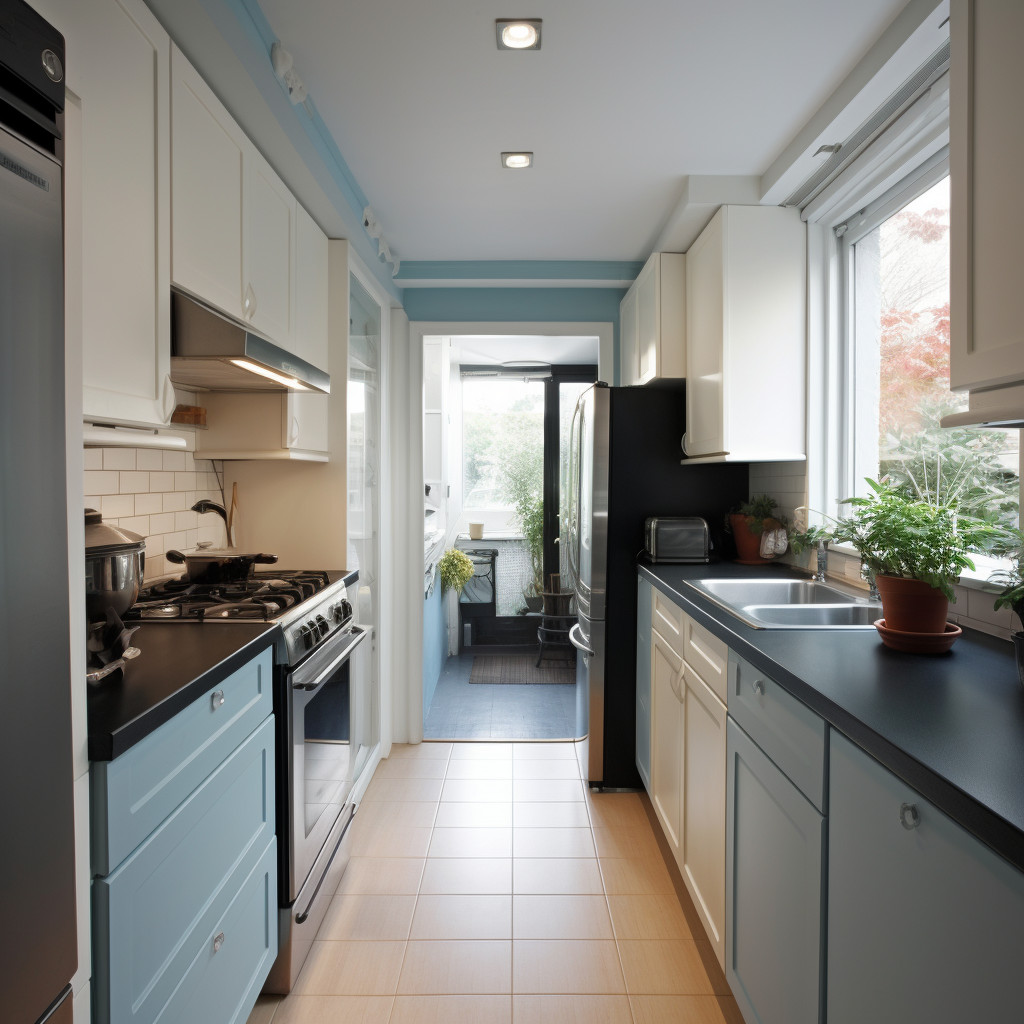
To select the appropriate cabinets for a limited space, it is essential to consider factors such as storage capacity, functionality, and aesthetic appeal. When choosing cabinets for a small kitchen, there are several options that can help maximize storage and create an organized and efficient space.
Wall cabinets:
Installing wall cabinets can make use of vertical space and provide additional storage.
Pendant lighting:
Choosing pendant lighting fixtures can add both functional lighting and visual interest to the kitchen area.
Maximize cabinet depth:
Opting for cabinets with increased depth can provide more storage space for larger items.
Open shelving:
Incorporating open shelving in the kitchen design allows for easy access to frequently used items while adding a decorative touch.
Roll-out shelves:
Utilizing roll-out shelves within cabinets maximizes accessibility to stored items.
By considering these various storage options, homeowners can effectively utilize their limited kitchen space while maintaining functionality and visual appeal.
Custom cabinets or high-up storage solutions may also be considered based on individual needs and preferences.
Related Article: Kitchen Renovation Services
Utilizing Vertical Storage Space
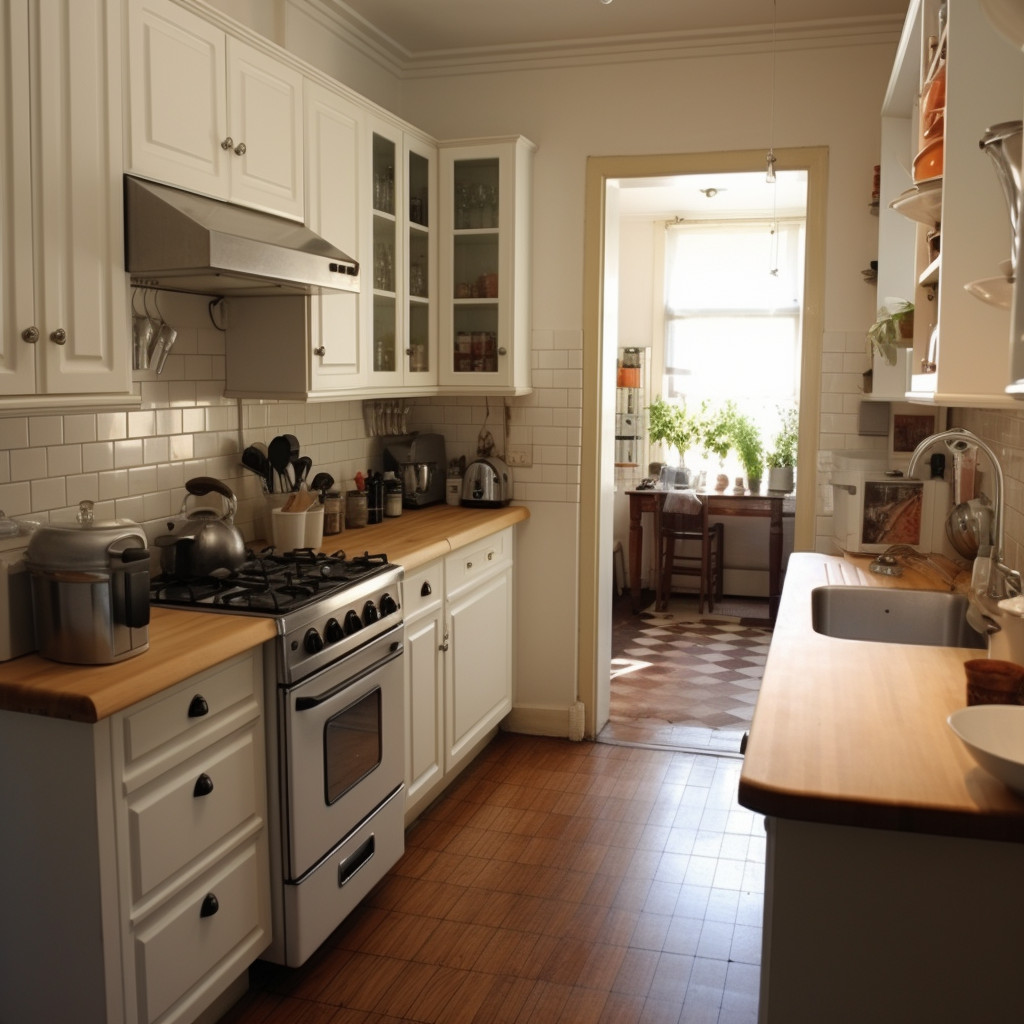
Utilizing vertical storage space in the kitchen design allows for efficient organization and maximization of storage capacity. In small kitchens or smaller spaces, where every inch counts, incorporating tall cabinets and tall furniture can provide additional space for storing various items. By taking advantage of the height of the room, homeowners can free up valuable countertop and floor space.
This is especially beneficial when it comes to storing smaller appliances that may not necessarily require a lot of width but still take up significant room on countertops or in cabinets. Utilizing vertical storage space also creates a more compact kitchen layout, allowing for better flow and functionality within limited square footage.
Overall, opting for taller storage options can help create an organized and clutter-free environment while maximizing storage capacity in small spaces.
Related Article: small kitchen expert tips
Creative Solutions for Limited Counter Space

Incorporating creative solutions for limited counter space can greatly enhance the functionality and organization of a kitchen design. When renovating a small kitchen, it is important to maximize every available inch of countertop space. Here are some expert tips on how to do so:
Install floating shelves or wall-mounted racks to free up counter space.
Utilize vertical storage options such as hanging baskets or hooks for utensils and cooking tools.
Invest in multi-purpose appliances that can perform multiple functions, reducing the need for additional countertop gadgets.
Consider using pull-out cutting boards or hidden storage compartments within the counters themselves.
Opt for compact appliances or built-in microwave drawers that can be seamlessly integrated into the cabinetry.
Related Article: kitchen renovation ideas
Essential Small Kitchen Appliances
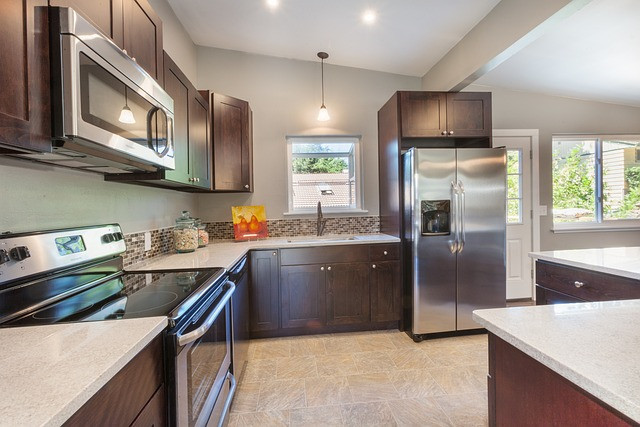
Essential small kitchen appliances play a significant role in optimizing the functionality and efficiency of a limited counter space design. When it comes to small kitchen renovation expert tips, incorporating these essential appliances can make a big difference.
One important consideration is to choose appliances that are compact and multi-functional, such as a toaster oven that can also serve as a microwave or an air fryer. This helps to free up valuable counter space while still providing the necessary cooking capabilities.
Another essential appliance for small kitchens is a range hood, which helps to eliminate cooking odors and smoke without taking up any additional counter or storage space.
Additionally, utilizing large floor tiles and maximizing natural light can create an illusion of more space in tight kitchen areas.
Space-Saving Tips for Organizing Your Pantry
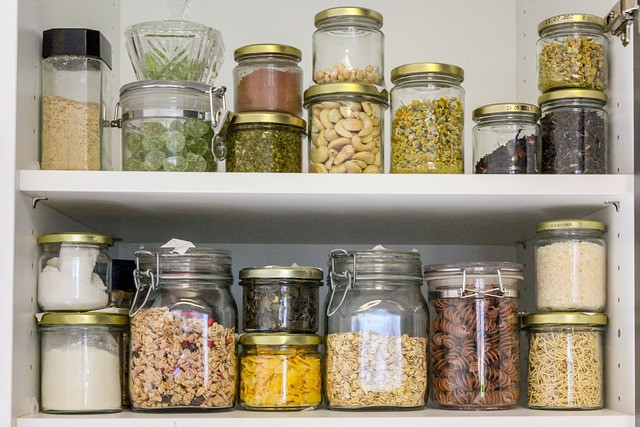
One effective strategy for maximizing space in a pantry is to implement efficient organization techniques. This is particularly important when renovating a small kitchen, where every inch of space counts. To save space in your pantry, consider the following tips:
Install open shelves:
Open shelves allow for easy access to items and can make a small pantry feel more spacious.
Use vertical storage:
Utilize wall-mounted racks or hooks to store items vertically and maximize space.
Opt for smaller fridge:
Consider downsizing your fridge to create additional room for pantry storage.
Choose the right countertop material:
Selecting a compact countertop material like quartz or laminate can help conserve space.
Incorporate task lighting:
Good lighting not only enhances visibility but also creates an illusion of more space.
Incorporating Hidden Storage Solutions
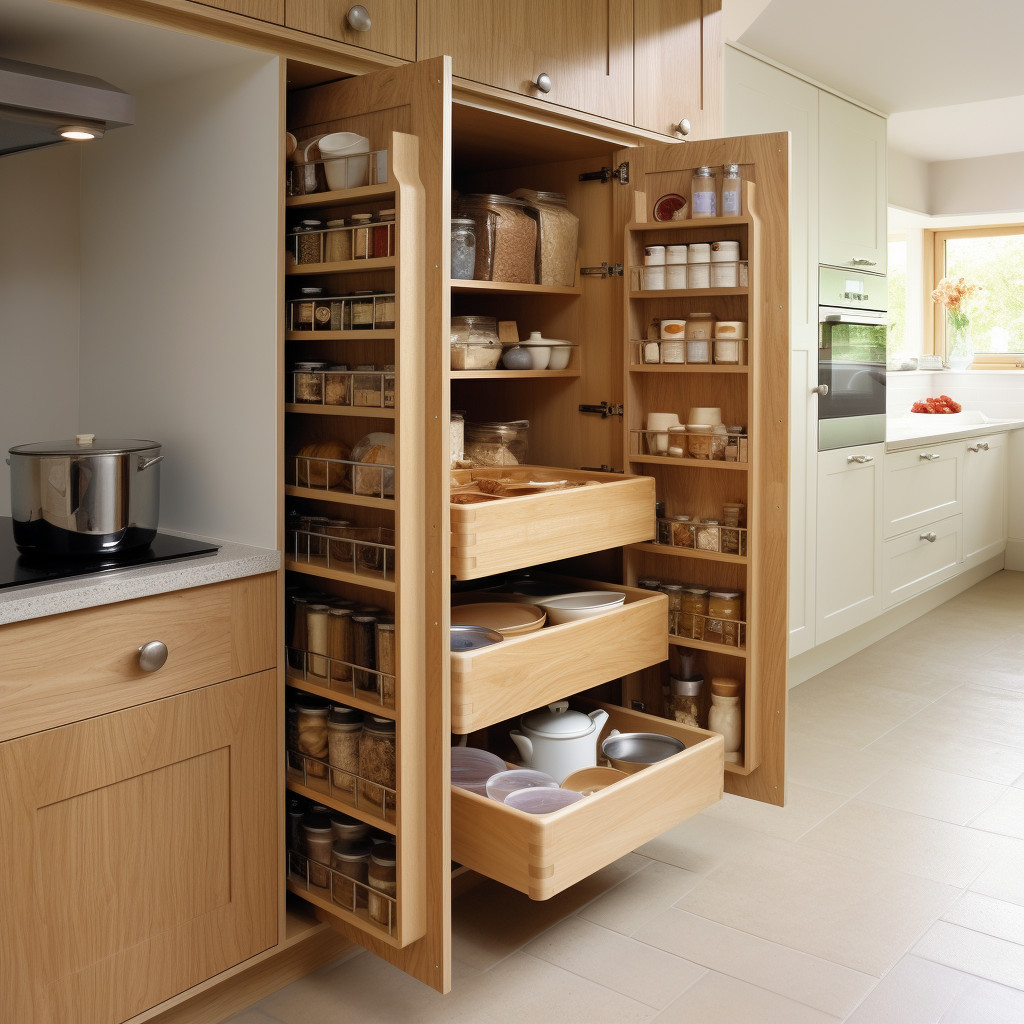
Hidden storage solutions can be a practical and efficient way to optimize space in a pantry. When it comes to small kitchens, utilizing every available inch is crucial. Incorporating hidden storage solutions allows for better organization and maximizes the limited space.
One option is to install pull-out shelves or drawers that can be easily accessed when needed. These provide additional storage while maintaining easy visibility of items stored within.
Another solution is using cabinet depth refrigerators that fit seamlessly into the existing kitchen countertops, saving valuable floor space.
Additionally, incorporating mirrored surfaces or light-colored materials can create an illusion of a larger, more open visual space. This technique utilizes reflected light, making the tiny kitchen appear brighter and more spacious.
Ultimately, integrating hidden storage solutions in a small room enhances both functionality and interior design aesthetics.
Making the Most of Underutilized Small Space
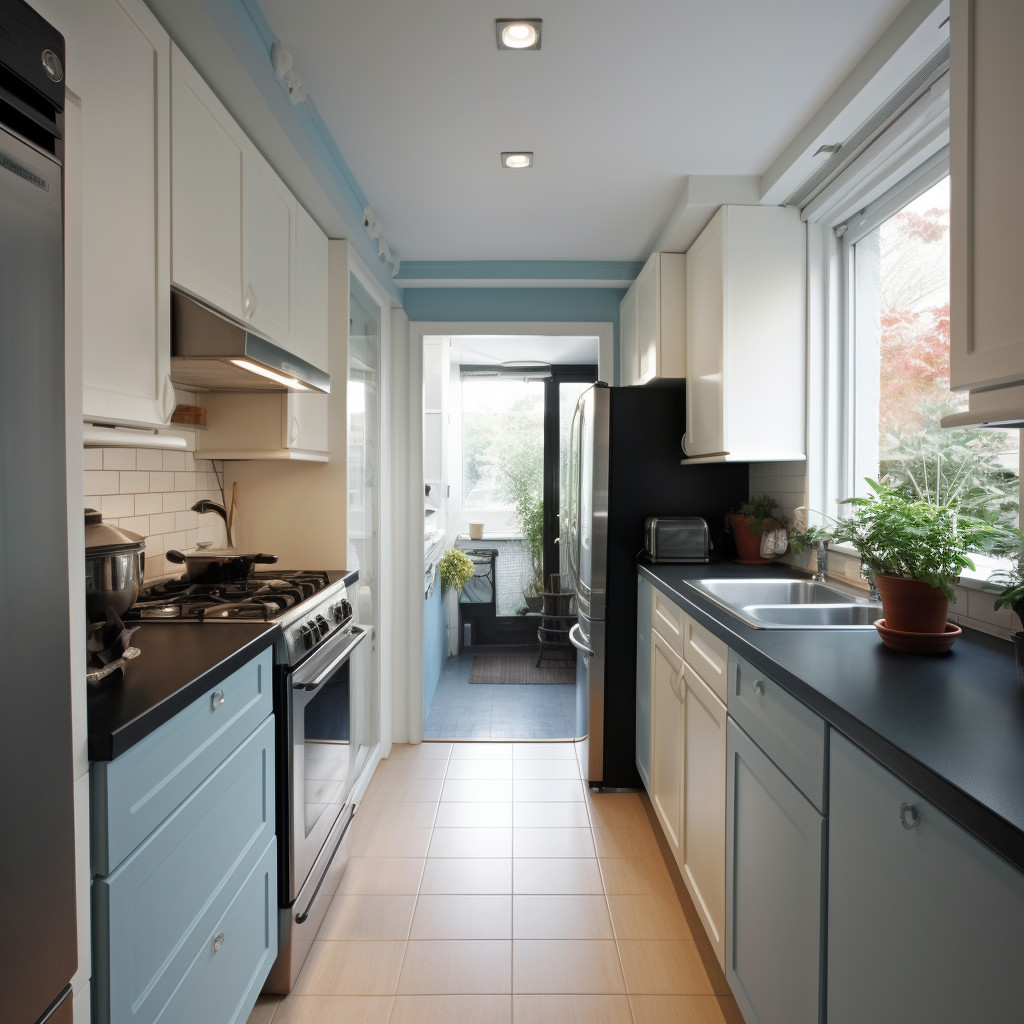
In small kitchen renovations, it is crucial to make the most of underutilized space. This involves finding creative solutions to maximize functionality and minimize visual clutter.
One way to achieve this is by utilizing specialty cooking tools that can perform multiple functions in one compact device. Additionally, organizing appliances on a single wall can free up valuable countertop space and create a streamlined look.
Another strategy is to opt for larger tiles with fewer grout lines, as this creates the illusion of more space and reduces visual clutter. Lastly, it is important to avoid unnecessary additions or decorations that take up valuable square footage and contribute to visual overcrowding.
By implementing these techniques, homeowners can optimize their small kitchen spaces while maintaining efficiency and aesthetics.
• Utilize specialty cooking tools
• Organize appliances on one wall
• Opt for larger tiles with fewer grout lines
• Avoid unnecessary additions or decorations
• Reduce visual clutter
Selecting the Best Lighting Options for a Small Kitchen

A crucial aspect to consider in optimizing a limited space is selecting the most suitable lighting options for a small kitchen. Wall sconces can be an effective choice as they provide both ambient and task lighting while saving counter space.
Additionally, incorporating light-colored walls and cabinets can help reflect light and create an illusion of a larger space. When choosing lighting fixtures, it is important to keep in mind the specific needs of the kitchen. For instance, installing bright lights above the stove tech area can enhance visibility while cooking with oils or using appliances such as a coffee maker.
Furthermore, strategically placing focal point lighting fixtures can draw attention away from the small size of the kitchen and redirect focus towards aesthetically pleasing elements.
Overall, selecting appropriate lighting options should be considered an essential aspect when planning any major renovation for tiny kitchens to accommodate various tasks and shopping habits efficiently.
Creating a Functional and Stylish Small Kitchen Layout
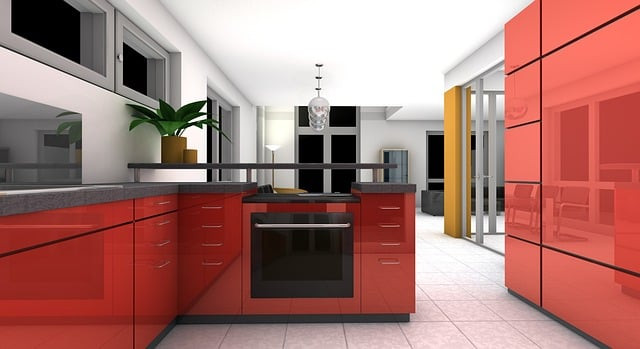
To optimize functionality and aesthetics in a limited space, careful consideration must be given to the layout of a small kitchen. A well-designed layout can make all the difference in maximizing storage, workflow, and visual appeal. Here are five key factors to consider when creating a functional and stylish small kitchen:
Utilize vertical space: Install shelves or cabinets that reach up to the ceiling to maximize storage capacity.
Opt for open shelving: Open shelves create an illusion of more space while providing easy access to frequently used items.
Choose multipurpose furniture: Incorporate furniture pieces with built-in storage solutions, such as kitchen islands or dining tables with hidden compartments.
Create designated zones: Separate different areas for food preparation, cooking, cleaning, and dining to enhance efficiency and organization.
Use light colors and reflective surfaces: Light tones on walls, cabinets, and countertops help create a sense of spaciousness while reflective surfaces like glass or metallic finishes add depth.
Design Tips for Visually Expanding a Small Kitchen
adding kitchen extra space
When renovating a small kitchen, it is essential to consider design strategies that can visually expand the space. By implementing certain techniques, homeowners can create an illusion of a larger kitchen, enhancing both functionality and aesthetics.
One effective approach is to use light colors on walls and cabinetry, as they reflect natural light and make the room feel more open. Additionally, incorporating ample lighting fixtures, such as recessed or pendant lights, can further brighten up the space and eliminate shadows.
Another way to visually expand a small kitchen is by incorporating reflective surfaces like mirrors or stainless steel appliances that bounce light around the room. Furthermore, utilizing open shelving instead of closed cabinets can give an impression of airiness while providing storage solutions.
These design tips collectively contribute to creating a visually spacious environment within limited square footage.
Budget-Friendly Ideas for a Small Kitchen Renovation
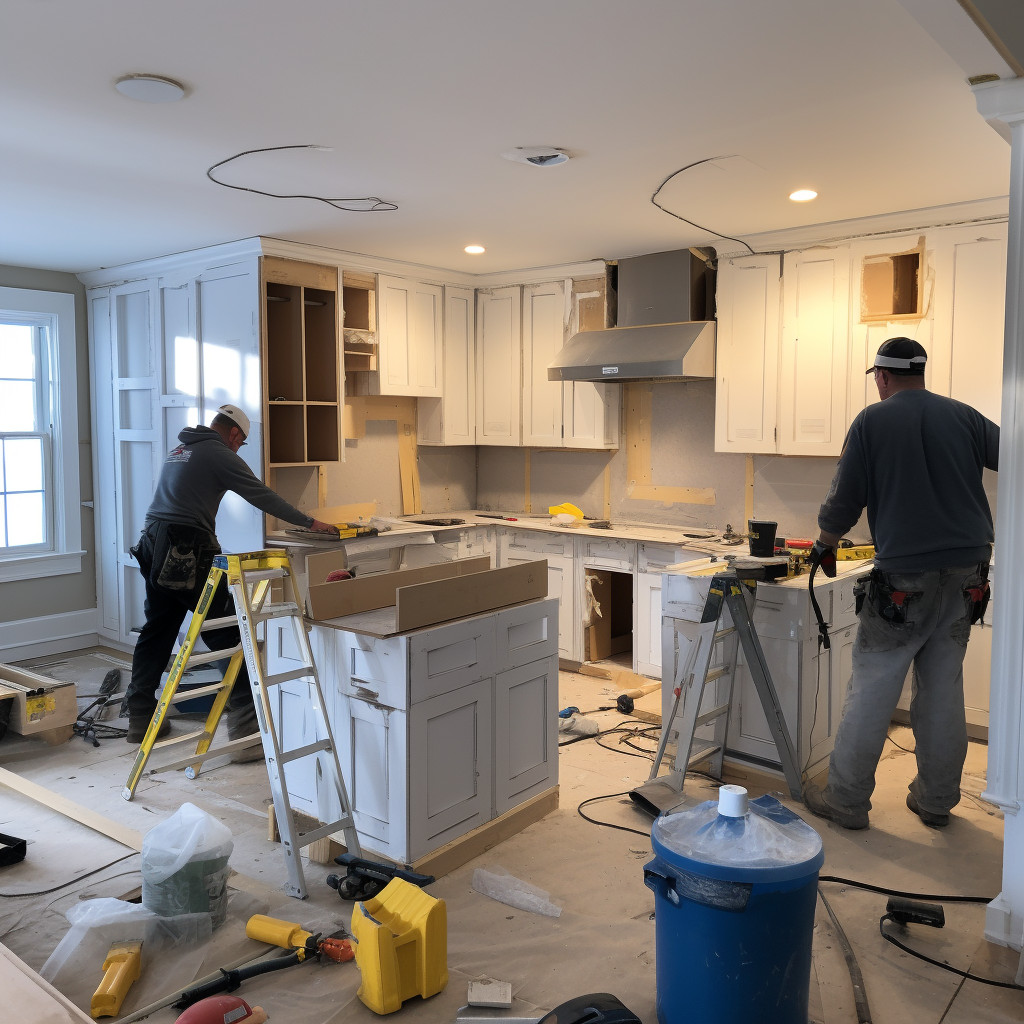
Implementing cost-effective strategies can help homeowners achieve a successful renovation of their compact kitchen space. When working with a limited budget, it is essential to prioritize and make strategic decisions. Here are some budget-friendly ideas for a small kitchen renovation:
Opt for open shelving or floating shelves instead of traditional upper cabinets to save money on materials and installation costs.
Paint the cabinets instead of replacing them entirely, which can significantly reduce expenses.
Consider using laminate or vinyl flooring instead of expensive hardwood or tile options.
Utilize natural light as much as possible by installing larger windows or skylights.
Repurpose existing furniture or appliances creatively to avoid purchasing new items.
Choosing the Right Color Palette for a Small Kitchen
Choosing an appropriate color palette is crucial for enhancing the visual appeal and maximizing the perceived space of a compact kitchen area. When it comes to small kitchens, lighter colors are often recommended as they create an illusion of openness and brightness. Lighter shades such as whites, creams, pale yellows, or soft pastels can make the space appear larger and more spacious.
Additionally, using a monochromatic color scheme with different shades of the same color can add depth and continuity to the kitchen design. However, it is important to balance light colors with darker accents to avoid a washed-out effect. Adding pops of contrasting colors through accessories or accent walls can inject personality into the space without overwhelming its size.
Ultimately, selecting the right color palette for a small kitchen should aim at creating a visually pleasing environment while optimizing spatial perception.
Incorporating Smart Technology in a Small Kitchen
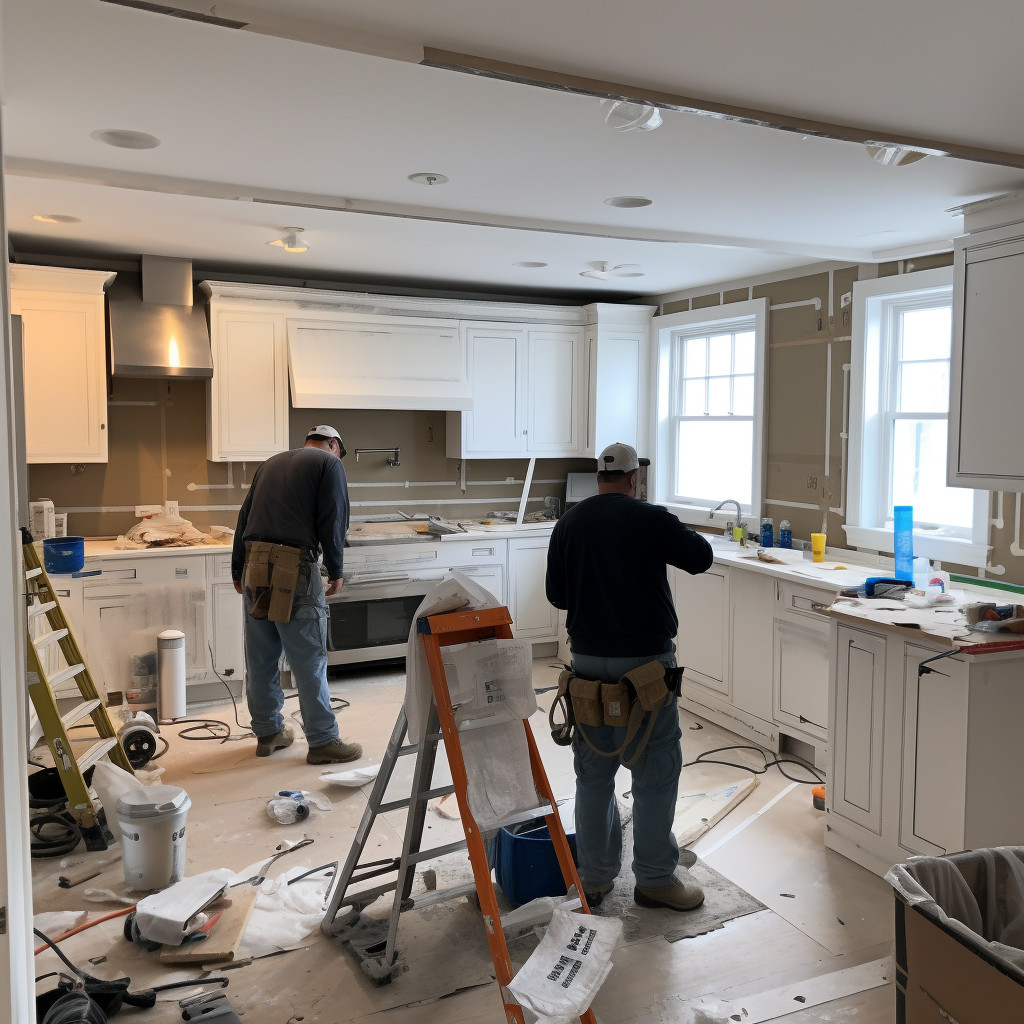
Incorporating smart technology in a small kitchen can enhance both functionality and convenience. This subtopic builds upon the previous discussion of choosing the right color palette for a small kitchen by exploring how technological advancements can optimize space utilization and improve the overall cooking experience.
The following ideas highlight various ways to incorporate smart technology in a small kitchen:
Install smart appliances such as refrigerators, ovens, and dishwashers that can be controlled remotely through smartphone apps.
Utilize voice-controlled assistants like Amazon Alexa or Google Home to control lights, adjust temperature settings, and play music hands-free.
Implement sensor-based faucets that automatically turn on and off, conserving water resources.
Integrate smart lighting systems that adapt to different activities within the kitchen space.
Use smart storage solutions like motorized cabinets or pull-out shelves that maximize storage capacity while minimizing clutter.
Small Kitchen Flooring Options and Considerations

When considering flooring options for a compact culinary space, it is important to prioritize durability, functionality, and aesthetic appeal.
In small kitchens, where space is limited and foot traffic may be high, choosing a flooring material that can withstand frequent use and potential spills is crucial. Additionally, functionality should be considered by selecting a flooring option that is easy to clean and maintain.
Aesthetic appeal plays a significant role in creating an inviting and visually pleasing kitchen environment. Opting for materials such as ceramic tile or vinyl that offer various design options can enhance the overall look of the space. It is also essential to consider the color and pattern of the flooring material in order to create visual continuity with other elements in the kitchen.
Tips for Maximizing Natural Light in a Small Kitchen
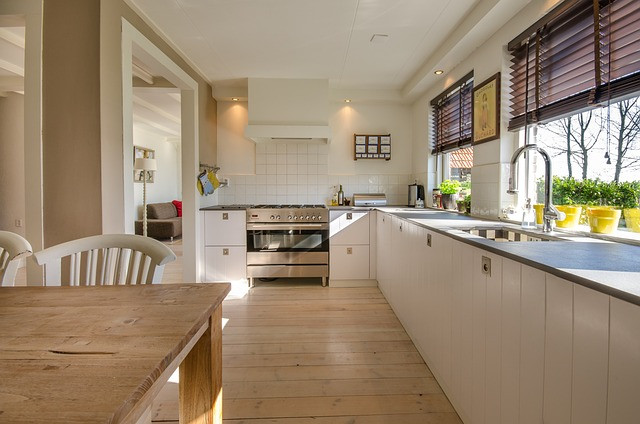
When renovating a small kitchen, it is essential to maximize natural light to create an open and inviting space. Adequate lighting can make a room feel larger and more spacious, while also enhancing the overall ambiance. Here are some expert tips for maximizing natural light in a small kitchen:
• Choose light-colored paint or wallpaper for the walls and ceilings to reflect more light.
• Install large windows or glass doors to allow ample sunlight into the kitchen.
• Use sheer or lightweight curtains that can filter sunlight without blocking it entirely.
• Place mirrors strategically to bounce and distribute natural light throughout the space.
• Utilize reflective surfaces like stainless steel appliances or glossy countertops to further enhance the brightness.
Creating an Efficient Workflow in a Small Kitchen

Efficiency in a compact culinary space can be achieved by strategically organizing the layout and utilizing multifunctional storage solutions.
When designing a small kitchen, it is essential to consider the workflow of food preparation and cooking activities. One effective approach is to adopt the ‘working triangle’ concept, which arranges the sink, stove, and refrigerator in a triangular formation to minimize unnecessary movements.
Additionally, optimizing vertical storage spaces can help maximize functionality in limited areas. Utilizing wall-mounted shelves, hooks, or magnetic strips can provide easy access to frequently used utensils and tools while freeing up counter space.
Incorporating pull-out cabinets or drawers with adjustable dividers can also enhance organization and accessibility within confined kitchens.
Small Kitchen Renovation Mistakes to Avoid

Mistakes in renovating a compact culinary space can hinder the effectiveness of the workflow and compromise functionality. It is crucial to avoid these errors to maximize the potential of a small kitchen.
Firstly, neglecting proper planning can lead to inefficient use of space and inadequate storage solutions.
Secondly, overlooking the importance of lighting can result in a dimly lit workspace that hampers productivity.
Thirdly, disregarding ergonomics when designing the layout may lead to discomfort and inconvenience during food preparation.
Fourthly, choosing inappropriate materials that are difficult to clean or prone to damage can negatively impact hygiene and durability.
Lastly, failing to consider ventilation needs can result in poor air quality and unpleasant cooking odors lingering in the confined area.
Frequently Asked Questions
What Are Some Budget-Friendly Ideas for a Small Kitchen Renovation?
Budget-friendly ideas for small kitchen renovations include maximizing storage space, updating lighting fixtures, opting for affordable materials like laminate or vinyl flooring, repainting cabinets instead of replacing them, and considering open shelving to save on costs.
How Can I Incorporate Smart Technology Into My Small Kitchen?
Incorporating smart technology into a small kitchen can enhance its functionality and efficiency. By utilizing devices such as smart appliances, voice-controlled assistants, and automated lighting systems, homeowners can streamline their cooking processes and optimize space utilization.
What Are Some Small Kitchen Flooring Options and Considerations?
When considering small kitchen flooring options, factors such as durability, ease of maintenance, and aesthetic appeal should be considered. Common options include vinyl, laminate, ceramic tile, and hardwood.
How Can I Maximize Natural Light in a Small Kitchen?
Maximizing natural light in a small kitchen can enhance the overall aesthetic and create an illusion of spaciousness. Strategies such as using lighter color schemes, installing reflective surfaces, and utilizing window treatments that allow ample sunlight can optimize the presence of natural light.
What Are Some Common Small Kitchen Renovation Mistakes to Avoid?
Common small kitchen renovation mistakes to avoid include inadequate storage planning, overlooking efficient workflow design, neglecting proper lighting and ventilation, choosing inappropriate materials for countertops and flooring, and failing to consider the overall aesthetic appeal.
Conclusion
In conclusion, renovating a small kitchen requires careful planning and consideration. By maximizing storage space, choosing the right cabinets, utilizing vertical storage, and implementing creative solutions for limited counter space, homeowners can make the most of their small kitchens.
Additionally, selecting essential small kitchen appliances and flooring options that suit the space are important factors to consider. Maximizing natural light and creating an efficient workflow will further enhance the functionality of a small kitchen.
Avoiding common renovation mistakes will ensure a successful transformation of any small kitchen space.

